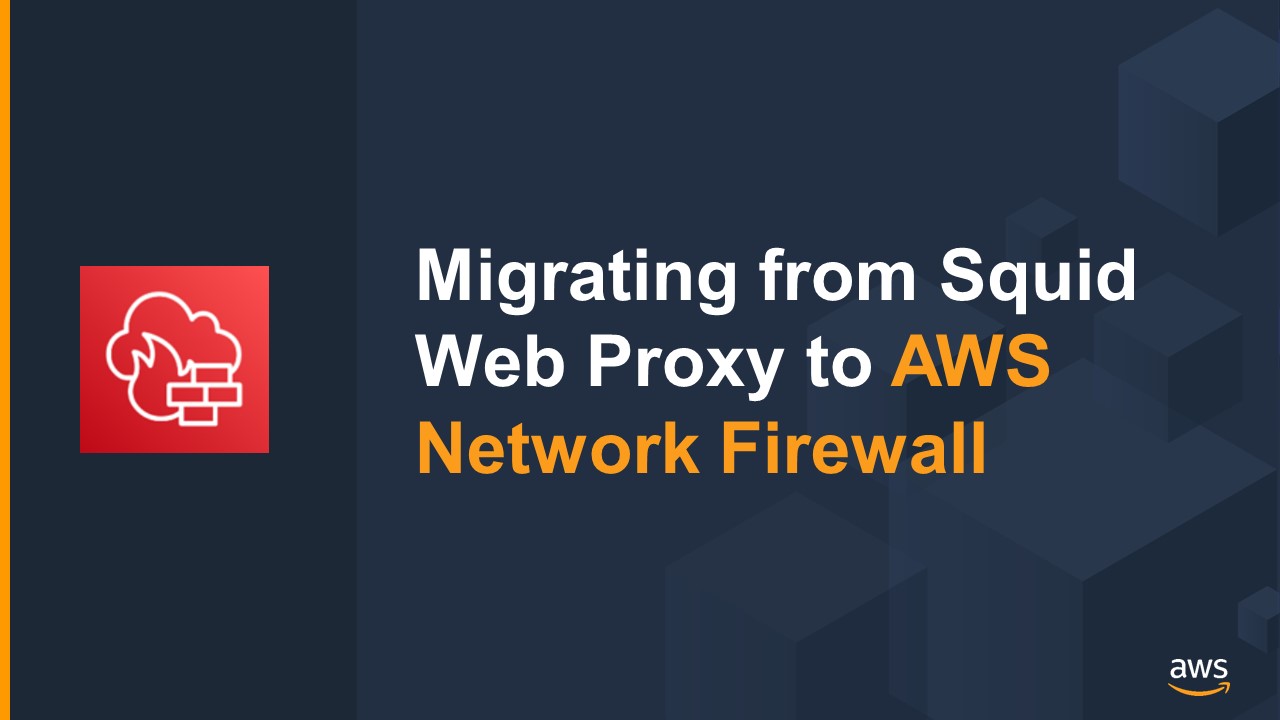Networking & Content Delivery
Category: Learning Levels
Securely Connect your Mobile Device to your AWS environment with AWS Client VPN
AWS Client VPN is a fully-managed, client-based Virtual Private Network (VPN) service used by your remote workforce to securely access resources within AWS and your on-premises network. It’s an elastic service that automatically scales up or down based on demand. In addition to the free, AWS-provided VPN client, you can also use a common Open […]
Running multicast-enabled containers on AWS
Introduction Multicast is a popular IP-based communication mechanism that is actively employed in many industry verticals, including finance, media, telco, transportation, and others. This post describes how to enable multicast in container environments orchestrated by Amazon Elastic Container Service (ECS). Although Amazon ECS is a fully managed container orchestration service, some additional steps must be […]
Continuous verification of network compliance using Amazon VPC Network Access Analyzer and AWS Security Hub
Introduction As your distributed application teams operate network infrastructure, it can be challenging for central security, networking, or cloud operations teams to determine whether the correct network controls are in place. Network controls, such as firewall rules, NAT Gateways, network access control lists (ACL’s), security groups, and network segmentation, serve as a critical first line […]
Calculating data transfer leveraging Amazon VPC flow logs
Introduction There are several factors that contribute towards your overall costs incurred in AWS cloud. When it comes to networking, many customers ask about data transfer charges. You pay a Data Transfer charge when you send data out from AWS to Internet, between AWS Regions, or between Availability Zones (AZ). Today, there are multiple ways […]
Migrating from Squid Web Proxy to AWS Network Firewall
Introduction Regardless of size or industry, it’s common for organizations to have security and compliance rules for securing internet-bound traffic. AWS customers need control over, and the ability to filter, requests that are initiated by resources in private and public subnets and sent to the internet. This is also known as “egress filtering.” In AWS, […]
Using Route 53 Resolver DNS Firewall Logs with CloudWatch Contributor Insights and Anomaly Detection
Introduction The Domain Name System (DNS) is one of the most critical components for almost any network as every service relies on a functional DNS service. Amazon Route 53 Resolver (sometimes referred to as “AmazonProvidedDNS” or the “.2/+2 resolver”) provides a highly available and scalable DNS service that customers have come to rely upon for their recursive DNS […]
Accessing an AWS API Gateway via static IP addresses provided by AWS Global Accelerator
Introduction In this article, I will walk you through the steps to configure Amazon API Gateway in combination with AWS Global Accelerator to present Internet-facing API via static IP addresses to end users. This design addresses the need for static IP safelisting and also provides additional performance benefits to end users by sending user’s traffic […]
Automating service discovery using AWS Transit Gateway Multicast with IGMP
This post will describe how to use multicast and Internet Group Management Protocol (IGMP), two of the newer features of AWS Transit Gateway, to enable applications and services to discover each other automatically when running in Amazon Virtual Private Cloud (Amazon VPC) environments. Service discovery means that a service client, such as a network file […]
Moving towards DevOps CI/CD approach to configure and manage AWS networking resources
Introduction Organizations are moving from traditional monolithic data center networks to an agile application programming interface (API) driven cloud network. As a result, customers are looking for an efficient and reliable way to make changes to their cloud network infrastructure. They want to adopt a pipeline driven approach to make any network changes following DevOps […]
Understanding AWS Direct Connect multi-account pricing
Introduction Many AWS customers use multiple AWS Accounts to make it easier to manage permissions and allocate costs to different groups or departments. When multiple accounts share one AWS Direct Connect interface, customers need to understand how Port-hour and outgoing Data Transfer costs are allocated. These accounts may be independent, or part of the same AWS […]









